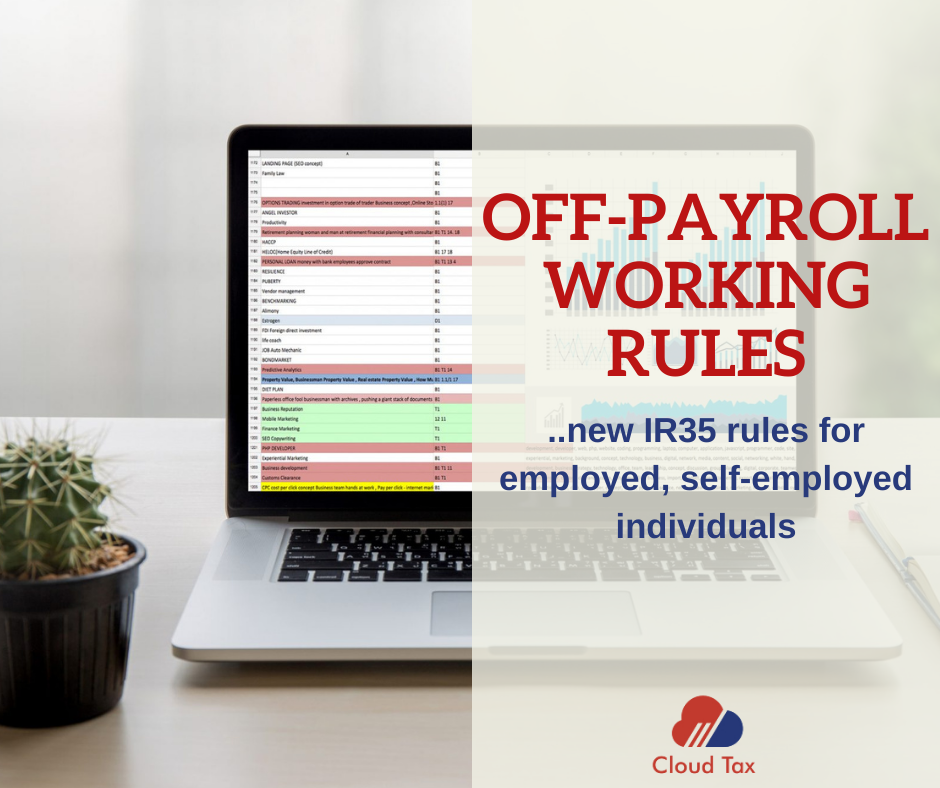The off-payroll working rules, known as IR35, has faced a lot of criticisms ever since its inception in 2000 to ensure that someone working like an employee, but via a limited company, should be treated same as an employee under the new update.
The new IR35 rules require an individual to assess whether they would be employed or self-employed for tax purposes, based on the fact that they are working directly with the company. The rules only apply to individuals who are working via intermediaries in the contractual chain and do not apply to the self-employed.
Extension of rules
The rules for public sector organizations are now being extended to both medium and large sized entities. The changes were set to take effect from April 2020 but due to the adverse affect of the CPVID-19 pandemic on the economy, this implementation has been delayed until 6 April 2021. From that date, non-public sector organizations found with any irregularities in their employment status, will be penalized by the HMRC.
The expected changes would impact some 170,000 freelancers and 20,000 agencies that provide workers to medium and large-sized enterprises.
Preparation
Employers need to get ready for the changes ahead of the 6 April 2021 implementation date, and many organizations have already begun doing so. HMRC have confirmed that they will re-launch their package of customer education and support later this year, and the next HMRC Employer Bulletin publication in October will include a full timetable for the support available including webinars, updated guidance and helpful communications resources for employers to cascade to contractors and organizations they engage with.
Preparation work to be undertaken before the changes come in may include the following:
• Looking at the current workforce (including those engaged through agencies and other intermediaries) to identify those individuals who are supplying their services through personal service companies
• Determining if the off-payroll rules apply for any contracts that will extend beyond April 2021. The CEST tool can be used to do this.
• Communicating with contractors about whether the off-payroll rules apply to their role.
Implement processes to determine if the off-payroll rules apply to future engagements. These might include who in an organisation should make a determination and how payments will be made to contractors within the off-payroll rules.
CEST
The Check Employment Status for Tax tool (CEST) is already available and even backed by the HMRC for everyone to consider the appropriate employment status for tax for contracts running beyond 6 April 2021.
HMRC have confirmed that they will stand by the results given by the CEST tool, provided it is used in accordance with their guidance and the information entered is accurate, and remains accurate.
For more information Off-payroll working rules , Book a Free Consultation

